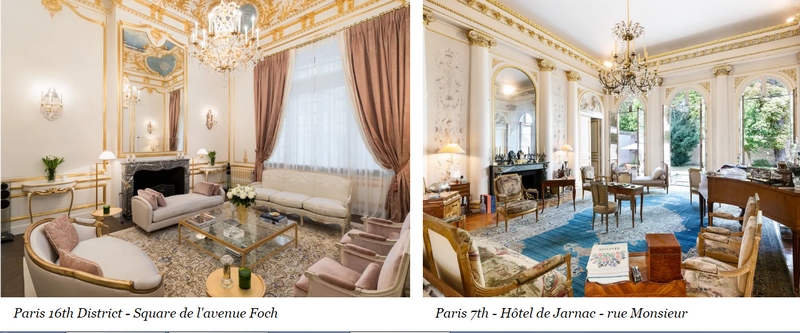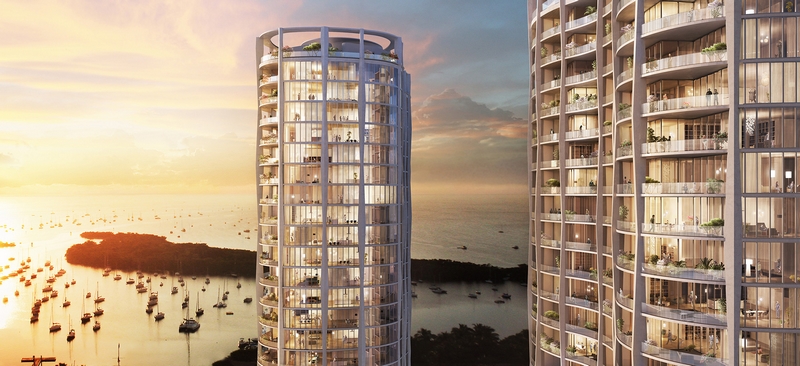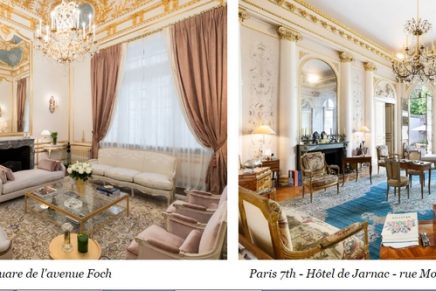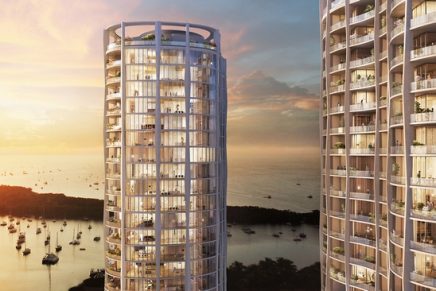In the middle of a global pandemic and the related economic crisis, why should we be interested in the wealthy?
Simply put, if we are to understand market and asset performance then they form a central part of the story, says
Knight Frank’s The Wealth Report – The global perspective on prime property & investment 2021 — 15th edition.
The Wealth Report 2021 assesses how the fortunes of UHNWIs are changing, where they spend time, what they invest in and what they are likely to do next.
From policymakers to investors, a lack of insight into the behaviour and attitudes of the “1%” risks a serious
misreading of economic trends. This is the knowledge gap Knight Frank’s experts fill.
The global response to the pandemic supported the wealthy
With lower interest rates and more fiscal stimulus, asset prices have surged, driving the world’s UHNWI population 2.4% higher over the past 12 months to more than 520,000.
The process was seen across North America and Europe, but it was Asia, with 12% growth, that saw the real upswing. The expansion in wealth was not universal, with a fall in the number of UHNWIs in Latin America, Russia and the Middle East as currency shifts and the pandemic undermined local economies.
Asia is the key wealth story
The US is, and will remain, the world’s dominant wealth hub over our forecast period, but Asia will see the fastest
growth in UHNWIs over the next five years, at 39% compared with the 27% global average. By 2025, Asia will
host 24% of all UHNWIs, up from 17% a decade earlier.
The region is already home to more billionaires than any other (36% of the global total). The Chinese Mainland is
the key to this phenomenon, with 246% forecast growth in very wealthy residents in the decade to 2025.
Inequality will fuel risks to wealth accumulation
While Covid-19 is viewed as the biggest single risk to future wealth creation, nearly half of Knight Frank’s Attitudes Survey respondents (wealth managers and private bankers) expect the growth in wealth inequality to fuel demand for policies aimed at curbing imbalance – specifically wealth taxes – with new or proposed plans in Argentina, Canada and South Korea likely to be replicated elsewhere.
The world will be less global…
Unsurprisingly, the survey confirms international travel will remain weak, with 84% of respondents expecting to
continue to travel less this year. Where this trend could become more entrenched is the notable drop in demand for
international education that Knight Frank’s survey reveals. “However, with 11% of Asian UHNWI house purchases
expected to be driven by educational motives we may see a rise in permanent family relocations to education hubs,
with London the main target,” says Knight Frank.
…but the wealthy still want options
Despite a reduced desire to travel, nearly a quarter of UHNWIs are planning to apply for a second passport or citizenship – a remarkable 50% growth in a year. As the authors of the report note, there is a growing tension between rising transparency concerns over citizenship-by-investment schemes and a need to plug gaps in government finances through these schemes.
Long live the city
As urban guru Professor Saskia Sassen explains, history shows us that cities rise and fall, but always rise again. The pandemic, far from undermining the city, has shown the potential for rebirth – expect to hear more about the 15-minute city, green cities, place-making and the coming redevelopment boom. No wonder, then, that development
land is the third most popular property investment pick this year for UHNWIs. The report’s city leaders in 2021 for
wealth, investment, business heft and innovation: London and New York. For wellbeing: Helsinki and Madrid.
House prices are rising because of the pandemic, not despite it
Knight Frank’s assessment of the world’s leading prime residential markets confirms that average price growth accelerated over the past 12 months. While Auckland led the pack with an 18% uptick, reflecting New Zealand’s sure-footed handling of Covid-19, even those markets hard hit by the pandemic are seeing growth. Low mortgage rates, a search for space, privacy and changing commuting patterns are helping push prices higher.
The pandemic-induced residential mini-boom will continue through 2021
The Attitudes Survey reveals that 26% of UHNWIs are planning to buy a new home in 2021, with the biggest driver
the desire to upgrade main residences. Knight Frank survey points to a growth in demand for rural and coastal
properties, with access to open space the most highly desired feature. The pandemic is supercharging demand for
locations that offer a surfeit of wellness – think mountains, lakes and coastal hotspots. Demand will help fuel price rises of up to 7% for the key markets this year.
Expect more private investment in luxury property
Despite overall property investment volumes falling in 2020, the capital deployed by private investors was still 9%
above the 10-year average, far stronger than the 6% fall in the amount committed by institutional investors. This
theme will continue through 2021 with a quarter of UHNWIs planning to invest this year. In addition to development land, residential investments and logistics will lead requirements.
The pandemic is driving real estate innovation
The ubiquity of Amazon and Zoom has confirmed the ability of tech to concentrate wealth. However, the Attitudes
Survey confirms that tech disruption is viewed as a key post-pandemic area for investment, driving demand in the still embryonic data centre market and the burgeoning life sciences sector. Spurred by the pandemic, life sciences, tech and advanced data analytics are creating new opportunities for rethinking office space in key markets. With 43% of investors more interested in environmental, social and governance (ESG) focused investments than 12 months ago, expect rapid growth in the demand for green and energy-efficient buildings.
Luxury investments confirm the ongoing search for returns
Finally, despite logistical challenges, investors continued to drive values higher for key collectible assets over the
past year – led by handbags (+17%), fine wine (+13%) and classic cars (+6%). However, a shift to private sales, as auctions were put on hold, saw the art market stutter and values decline. With disruption to these most global of markets likely to continue through the first half of 2021, it is the second half of the year when investors will likely see the longer-term direction for investment performance.

photos @christiesrealestate.com






